Products
Products
TOF mass spectrometers
The Xevo G2-S QTof and Xevo G2-S Tof benchtop time-of-flight mass spectrometers from Waters are designed with the company's StepWave ion optics and off-axis ion source technology. According to the company, the systems are as much as 20× more sensitive than earlier-generation instruments and critical components stay clean longer. Waters Corporation, Milford, MA;

Purification method scouting software
The Method Toolbox software from Shimadzu is designed to assist with method optimization. According to the company, the software allows chemists to analyze up to 96 methods, 16 mobile phase solvents, and six columns, all in one batch. Shimadzu Scientific Instruments, Columbia, MD;
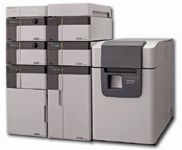
UHPLC injector
VICI Valco's Cheminert C72 ultrahigh-pressure UHPLC injector is designed with a stator coating that permits pressures up to 15,000 or 20,000 psi. According to the company, the instrument is available in four-, six-, eight-, and 10-port configurations, with a bore diameter of 0.004, 0.006, or 0.010 in. Valco Instruments Company, Inc., Houston, TX;
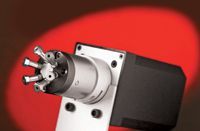
Pesticide analysis system
The PesticideScreener system from Bruker is designed for multiresidue analysis of pesticides in food and feed. According to the company, the system includes UHPLC and QTOF-MS hardware, applications software, and LC–MS methods. The system also includes a database that includes retention times for the matched UHPLC method; adduct information; isomer information; fragment ion information; isotopic confirmation; and qualifier ions for "one-shot" confirmation in broadband MS-MS mode. Bruker Daltonics, Billerica, MA;
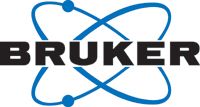
Mass selective detector
The Agilent 5977A series GC mass selective detector reportedly has a redesigned inert MS ion source that enhances performance with efficient ion collection. According to the company, the detector uses the company's TwisTorr 304 FS turbomolecular pump, which is optimized for light gas operation. Agilent Technologies, Santa Clara, CA;
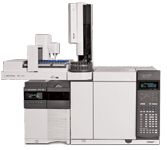
Sample preparation–LC system
Thermo Fisher Scientific's Prelude SPLC sample preparation and liquid chromatography system is designed to work with the company's mass spectrometers, automating sample preparation and increasing throughput. According to the company, the system has two channels of HPLC separation, and it is capable of gradient operation at flow rates of 1–2000 μL/min. Thermo Fisher Scientific, San Jose, CA;
www.thermoscientific.com/prelude
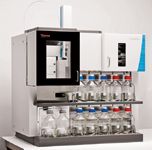
Photodiode-array detector
PerkinElmer's Flexar photodiode-array detector is designed to provide a wide detection range, low baseline noise, wavelength accuracy, and a fast data acquisition rate. According to the company, the detector is suitable for tandem use with other detectors and is compatible with third-party chromatography data systems. PerkinElmer, Waltham, MA;

Portable GC–MS system
The Tridion-9 portable GC–toroidal mass spectrometry system from Torion is designed for field GC–MS applications. The system reportedly combines an electronic pressure controlled gas chromatograph with an amplitude scanning toroidal ion-trap mass spectrometer. According to the company, the system can be used with SPME syringes for sample introduction. Torion Technologies Inc., American Fork, UT;
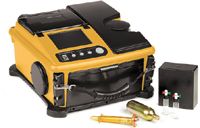
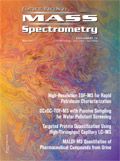
New Multi-Spectroscopic System Enhances Cultural Heritage Analysis
April 2nd 2025A new study published in Talanta introduces SYSPECTRAL, a portable multi-spectroscopic system that can conduct non-invasive, in situ chemical analysis of cultural heritage materials by integrating LIBS, LIF, Raman, and reflectance spectroscopy into a single compact device.
Thermo Fisher Scientists Highlight the Latest Advances in Process Monitoring with Raman Spectroscopy
April 1st 2025In this exclusive Spectroscopy interview, John Richmond and Tom Dearing of Thermo Fisher Scientific discuss the company’s Raman technology and the latest trends for process monitoring across various applications.